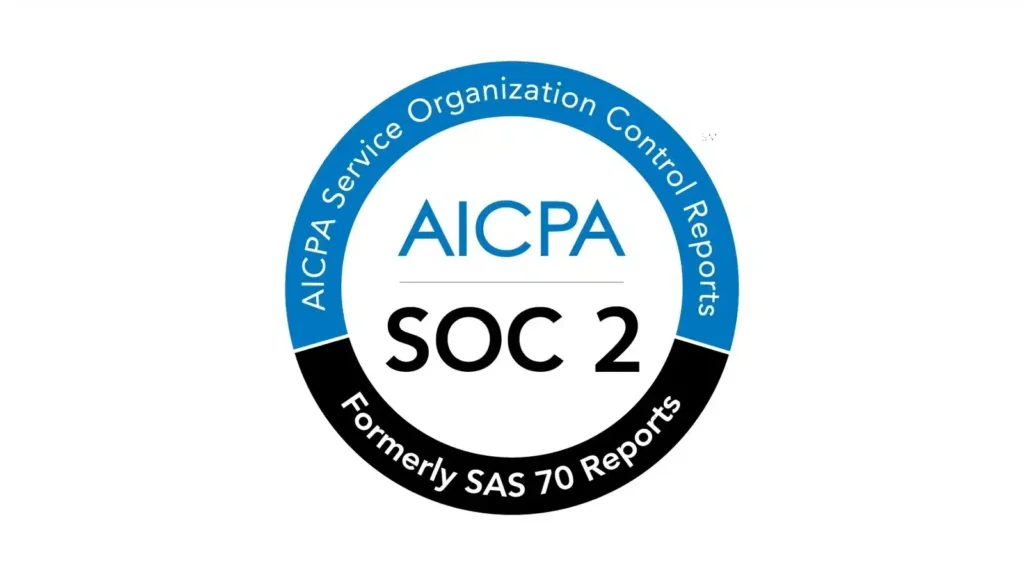-
Solutions
Discover Talent
Access top-tier candidates worldwide with our Global Talent Acquisition and recruitment services.
Employer of Record
Onboard top talent quickly and compliantly with our Employer of Record service.
Manage Employment
Adopt a human-centric approach to employee management, ensuring compliance.
Jump to:
Peru Facts and Stats
Currency
Peruvian Sol is the official currency of Peru. Its currency symbol is S/., PEN.
Employer Costs
9%
Languages
Spanish is the official language of Peru, with more than 80% of Peruvians speaking the language.
Population
The population of Peru is 33.36 million (based on World Bank numbers as of 2021).
Payroll frequency
Salaries are paid monthly, and it is mandatory for employers to provide 13th and 14th month payments
Hiring
Grow your team in Peru
No entity, no problem
To start growing your team in Peru, you must establish a local entity- including an account with a local bank, a local office and an address registered as a subsidiary. This
allows you to manage payroll, tax, benefits and compliance for your employees, but can take several months.
Emerald can hire and payroll your workers, quickly and compliantly with their ready to go entity. Make growing your team simple with Emerald as a global partner.
Pros & Cons of hiring in Peru
With the local government recently helping to promote entrepreneurship, Peru should be on your radar when considering expanding internationally. With an economy that is
growing year on year, the tech sector has a widely educated workforce with a decent level of English proficiency. Spanish is still expected for most business-related
documentation and processes.
New laws regarding remote working in Peru were approved in 2022. Employers are now obligated to provide all working tools needed by the employee, as well as funding
the employee’s internet access and electricity bill.
Employee costs in Peru are expected to be 10-15% of their salary.
Why Peru is good for remote workers
Similarly to most countries in South America, remote working is trending in Peru. Per law, both remote and at-office workers have the same benefits and there were over
230,000 people working remotely as of June 2022.
The busy capital city Lima (especially Miraflores and Barranco neighborhoods) is the preferred destination for digital nomads venturing into the country. This region benefits
from fast internet and plenty of available coworking spaces to choose from.
Income tax in Peru is divided into five different bands, ranging from 8% up to 30% depending on income.
Start growing your remote workforce now
Employer Costs
| Health Insurance | 9% |
Benefits
Mandatory Benefits
benefits for sickness.
maternity.
accidents and death.
disability and retirement.
family related benefits.
Additional Benefits
Some employers like to offer additional benefits to improve employee retention and satisfaction.
Health Insurance.
Dental Insurance.
Employment
Contract
Contracts in Peru must include:
Contracts of employment can be written or verbal in Peru. However, it is always best practice for these to be provided in writing, in the local language. The contract should
include an overview of benefits, compensation, and termination procedures. Fixed term contracts must always be in writing and are permitted for up to 5 years. Employers
are required to register fixed-term contracts with Peru’s Labour Ministry. Companies in Peru may only employ foreign workers if the proportion of foreign employees does not
exceed 20% of total employees within the company. Contracts of employment for foreign employees must always be writing and cannot exceed 3 years but can be extended.
Probation
Most employment probation periods in Peru are 3 months. Probation periods can be extended to 6 months for executive level and skilled employees.
Emerald Technology can onboard employees in Peru within 48 hours.
Insurance
01.
Health Insurance
Most of the Peruvian population are covered by some type of health insurance. Health insurance in Peru is split between the state-subsidised Comprehensive Health
Insurance (SIS) and the Social Health Insurance (EsSalud). There is also the Private Health System (Entidades Promotoras de Salud or EPS). 25% of the amount paid to the
EPS can be used as credit against EsSalud contributions. Employers may also provide supplemental health insurance.
CTS (Service Time Contribution) is a social benefit provided to an employee, similar to ‘mandatory savings’, that will help them face possible future issues such as
termination of employment and supporting family whilst seeking employment. An employee will receive money accumulated in the CTS fund. Employees working within the
private sector are entitled to this benefit and must have worked for at least one month with their employer and work a minimum of 20 hours per week. The employer will need
to make payments within the first 15 days of the months of May and November.
Leave Policy
01.
Maternity Leave
Expectant mothers in Peru are entitled to 14 weeks’ paid maternity leave, of which seven weeks are taken before the birth and seven weeks after. To qualify for maternity
benefits, the employee must have worked for three consecutive or four non-consecutive months of the six months before maternity leave. The National Health System
(EsSalud) or the Private Health System (Entidades Promotoras de Salud or EPS) compensates maternity leave. Fathers are entitled to 10 days of paid paternity leave after
the birth.
02.
Sickness Leave
Employees are entitled to 365 days of sick leave (1 year). The first 20 days of sick leave are paid by the employer. After the first 20 days the sick pay is then paid by social
security. After one year, if the employee is not fit to return to work, they can apply for a disability pension. To qualify for the social security fund sick payments, an employee
must have at least 3 months continuous service.
Onboarding
Onboarding
As the legal employer, Emerald Technology requires the following employee documents to ensure complete compliance:
Emerald Technology can onboard employees in Peru within 48 hours.
Termination
Resignation and Dismissal
When an employer dismisses an employee it must be with just cause and they must give them notice. The notice period starts from the day after the employer notifies the employee of the termination. Notice must be given in accordance with the following schedule at a minimum:
| Termination: | Following the probation period, an employee can only be dismissed if there is a just cause established in Peruvian employment law. The cause will need to be related to the conduct or capability of the employee, or the operational requirements of the business. Below are examples of operational requirements. |
| Notice period: | 30 days. |
Severance
If an employee is made redundant, they are entitled to a payment based on years of continuous service.
| Service up to eight years: | 22 days salary for each complete year. |
| Each additional year over 8 (up to four years): | 10 extra days salary. |
| Each additional year over 12 (up to four years): | 7 extra days salary. |
Time off
Statutory Time off
Full-time employees are entitled to 30 calendar days’ annual leave per annum. There are 12 public holidays in Peru. Some companies may also offer additional holiday or have more favourable holiday rules in place through a unilateral decision by the employer, agreement, or a collective labour agreement.
Public Holidays
- January 1st: New Year’s Day
- April 14th: Maundy Thursday
- April 15th; Good Friday
- April 17th: Easter Sunday
- May 1st: Labor Day
- June 29th: Saint Peter and Saint Paul
- July 28th: Independence Day
- August 30th: Santa Rosa de Lima
- October 8th: Battle of Angamos
- November 1st: All Saints Day
- December 8th: Immaculate Day
- December 25th: Christmas Day
Emerald Technology can onboard employees in Peru within 48 hours.
Salary / Taxes
Work, Pay and Taxes
01.
Minimum Wage:
The national minimum wage in Peru increased in May 2022 to 1,025 PEN (Sol) per month.
02.
Working time and overtime:
Working hours in Peru should not exceed 48 hours per week, 8 hours per day, 6 days per week. Overtime is paid at an additional 25% for the first two hours and then 35%
for any overtime after. Employees are entitled to an unpaid break of 45 minutes; this will not be part of the working day unless agreed. Employees are entitled to a rest period
of at least 12 hours between two working days.
03.
Salary payments:
Salaries in Peru are generally paid on a monthly basis. A 13th and 14th month salary payment is mandatory. These payments are both equal to a month’s salary and are paid in July around Peru’s Independence Day and December around Christmas.
04.
Bonus In Puru:
Mandatory 13th-month and 14th-month payments in July and December
05.
Income Tax:
The Peruvian tax year runs from January to December. It is the employer’s responsibility to ensure taxes are paid from salaries before payments are made to employees. The general personal income tax rates are listed below as guidance. One unit is equal to approximately 4,400 PEN. Non-residents are subject to a flat tax rate of 30% on total taxable income.
- Up to 5 units: 8%
- 5-20 units: 14%
- 20-35 units: 17%
- 35-45 units: 20%
- 45+ units: 30%

Worker misclassification in Peru
Similar to other countries, Peru has strict rules on classifying individual contractors and full-time employees differently. Misclassifying your workers can put your business at risk of fines.
Enquire about our global hiring solutions
Start a conversation on how we can assist you to grow your remote team.
